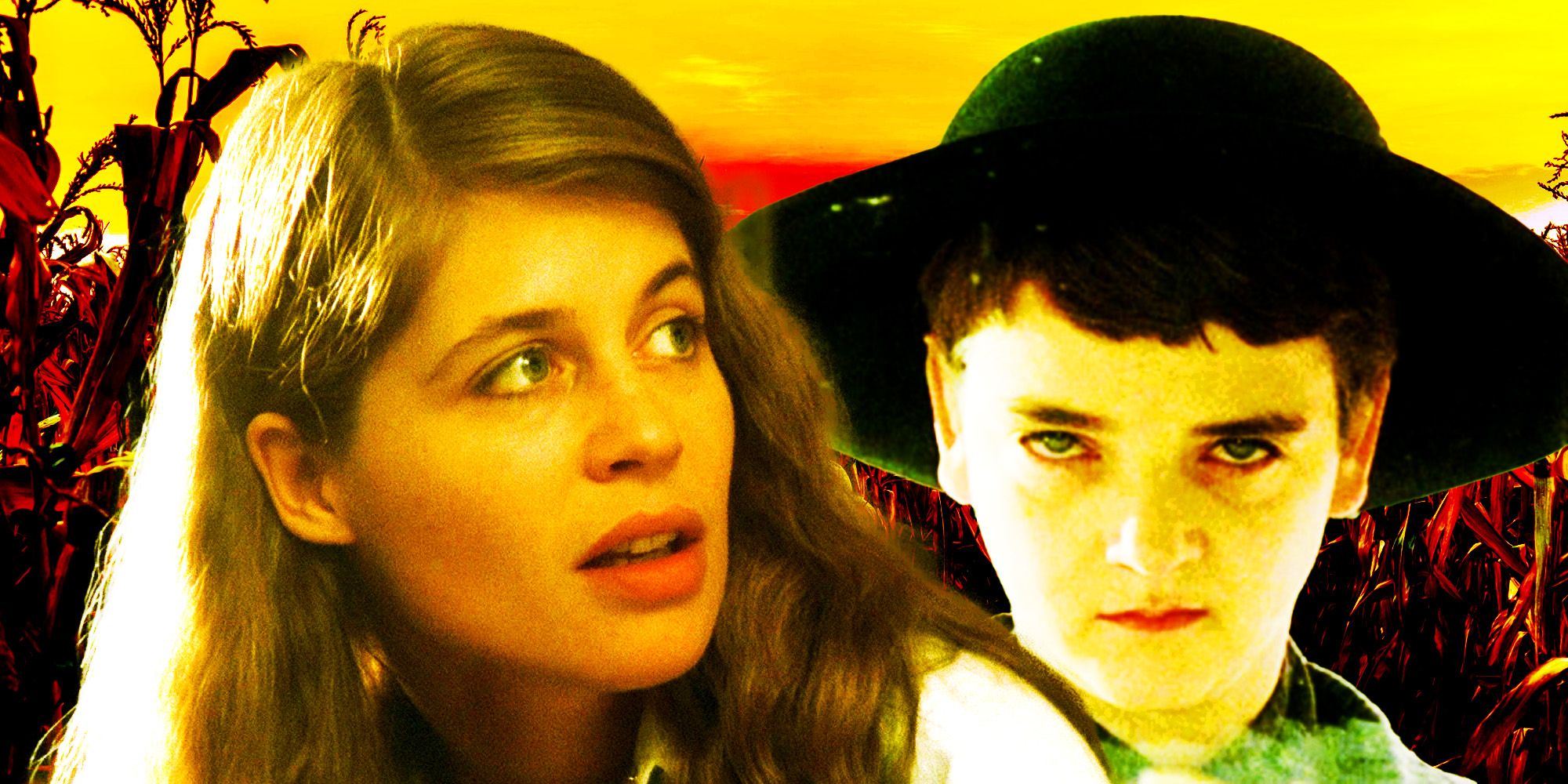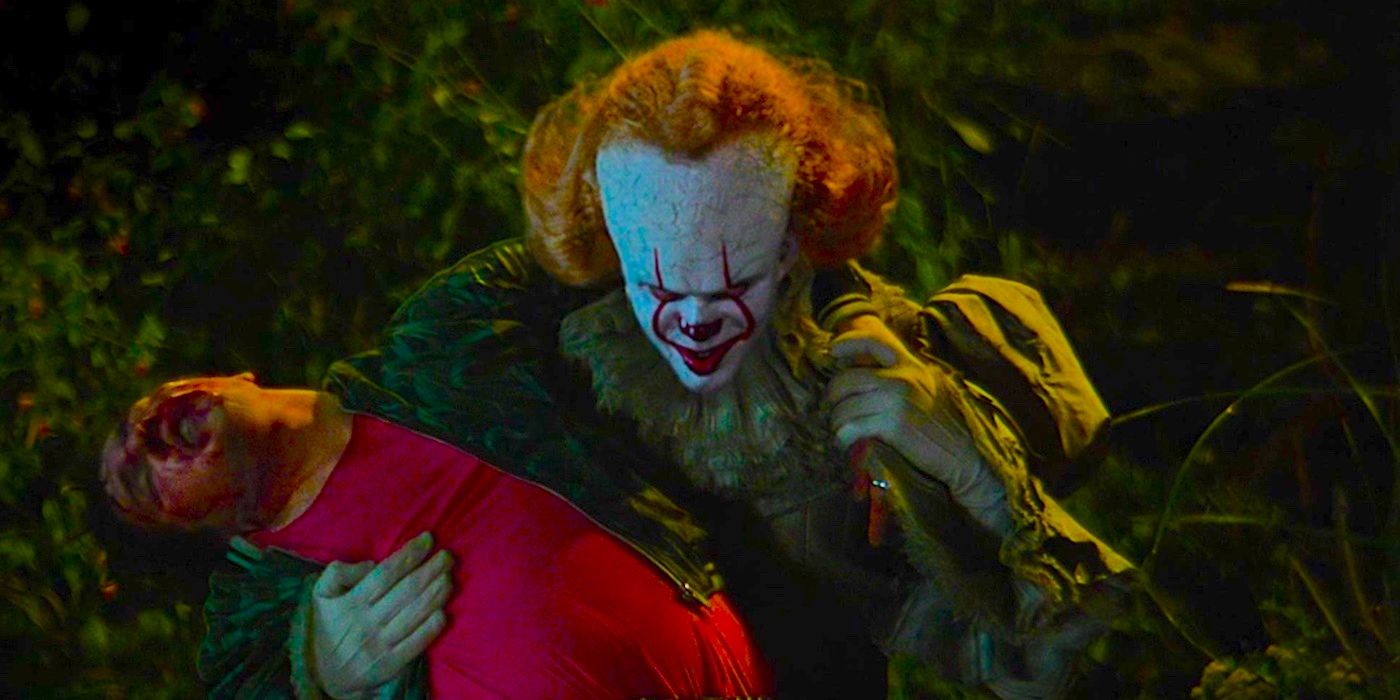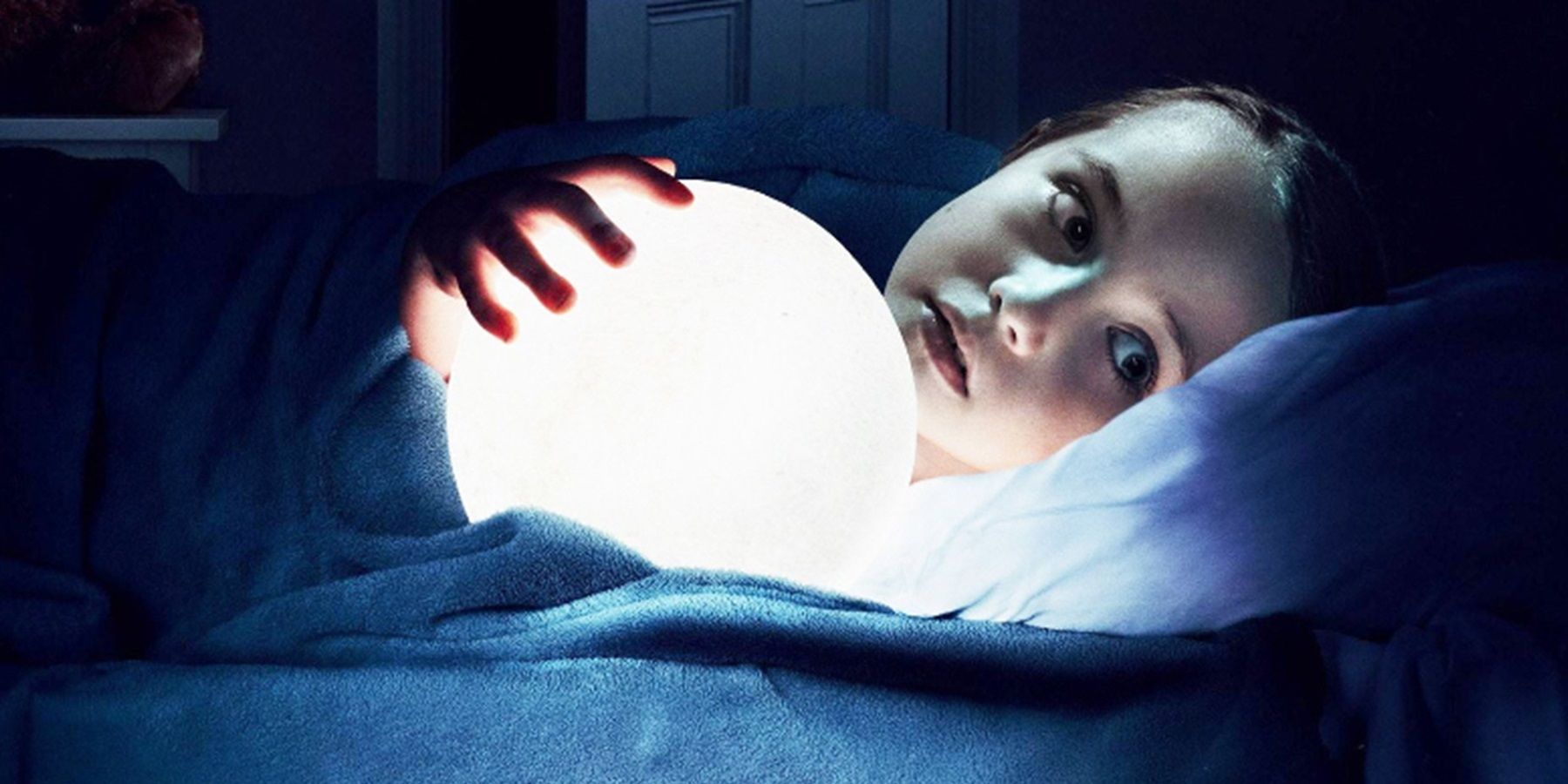Hollywood often gets Stephen King adaptations all wrong, and one 2016 book suggested a reason for this. King’s work is phenomenally popular with readers and has inspired some of the best horror movies ever made. From 1980’s The Shining to 2017’s IT, plenty of great King adaptations have graced the silver screen over the decades. However, King’s screen reputation is hardly immaculate. For every major hit that is adapted from the author’s back catalog, there are just as many expensive misfires. Costly flops like 2022’s Firestarter remake and 2003’s Dreamcatcher proved that adapting King doesn’t guarantee success.
It is not clear why some King adaptations soar and others flop. Even 2019’s sequels to The Shining and IT — Doctor Sleep and IT: Chapter Two, respectively — were commercial and critical failures. However, the Children of the Corn movies might hold the answer to this mystery. According to one 2016 book on the history of Hollywood horror, the creators of 1984’s Children of the Corn clashed with King. The filmmakers were expanding the short story of the same name from King’s debut collection Night Shift. When King disagreed with their creative choices, they stumbled on a core issue with the author’s adaptations.
The Children Of The Corn Director Revealed He Disagreed With Stephen King

Francesco Borseti’s 2016 book It Came from the 80s!: Interviews with 124 Cult Filmmakers contains a revelation that explains why Hollywood adaptations of King’s stories so rarely work out. George Goldsmith, the screenwriter of 1984’s original Children of the Corn, relayed why he and King didn’t see eye to eye: “He liked my ideas, but Stephen King was Stephen King, and so we had a conference call, the three of us, which Stephen opened up by informing me I did not understand horror and I countered that he did not understand cinema: horror and fiction are internalized, just like his script. Cinema is external: visual, auditory, a more sensory experience.”
While Mike Flanagan’s King movies prove that some directors can capture the author’s unique style of horror on-screen, that doesn’t mean that Goldsmith is wrong. Goldsmith’s point stands, as Flanagan’s work, even outside his collaborations with King, is atypically rooted in the internal worlds of his characters. Great swathes of Flanagan’s directorial efforts, from Oculus to Before I Wake, take place inside the minds of his heroes. Similarly, King’s writing relies on telling viewers what the heroes are thinking and seeing inside their heads. By contrast, much of horror filmmaking is more externalized, defined by impactful visuals and sounds.
So Much Of Stephen King’s Horror Can’t Be Translated To The Screen

Goldsmith’s revelation might account for why so much of King’s writing soars on the page but falls flat on the big screen. For example, when Pennywise’s much-hyped final form was revealed in 1990’s TV miniseries version of IT, the monster was dubbed a laughable misfire by critics and fans alike. Over the years, it seemed like the limited effects budget of the miniseries must have been the problem. However, IT: Chapter Two’s equally disappointing Pennywise death proved that the problem lay not with the effects budget, but rather with translating King’s vision from page to screen. Put simply, some things are only scary in the imagination.
Both Tim Curry and Bill Skarsgard made Pennywise a chilling villain through implications and insinuations. A lot of the clown’s goriest crimes don’t even appear on-screen in either adaptation, as they’d be too grisly to depict in film. The internal perspective of King’s books allows the author to get away with weirder, riskier content than a mainstream movie or TV series could pull off. Neither adaptation of IT was willing to even reference the infamous sewer scene between the members of the Loser’s Club, and both versions also jettisoned Maturin, the cosmic Turtle that vomited up the known universe eons ago.
Why Hollywood Has Been Better With Stephen King Adaptations In Recent Years

King can pull off wild flights of fancy and shocking, absurd content because his stories take the form of novels rather than screen projects. Fortunately, Hollywood has seemingly come around to this idea in recent years, and the quality of King’s adaptations has improved as a result. With movies like The Boogeyman and Mr. Harrigan’s Phone, Hollywood wisely steered clear of King’s door-stoppers and adapted short stories, which are easier to condense into a feature-length film. Meanwhile, Gerald’s Game and Doctor Sleep used trippy dream sequences and reality warping to make the implied horrors of King’s internal world explicit.
Furthermore, the recent King flops also tell a story about the author’s work and its screen potential. 2019’s Pet Sematary remake went wrong when the movie started rewriting the original novel and its earlier adaptation, disregarding its source material for the sake of a few surprises. The Dark Tower tried to condense a massive multi-novel series into a brief blockbuster, resulting in one of the biggest financial catastrophes in decades. Luckily, Flanagan will likely fix this misstep with a small-screen adaptation soon. Hopefully, that will prove that Stephen King adaptations aren’t all doomed to critical or commercial failure, even if they’ve struggled in the past.




